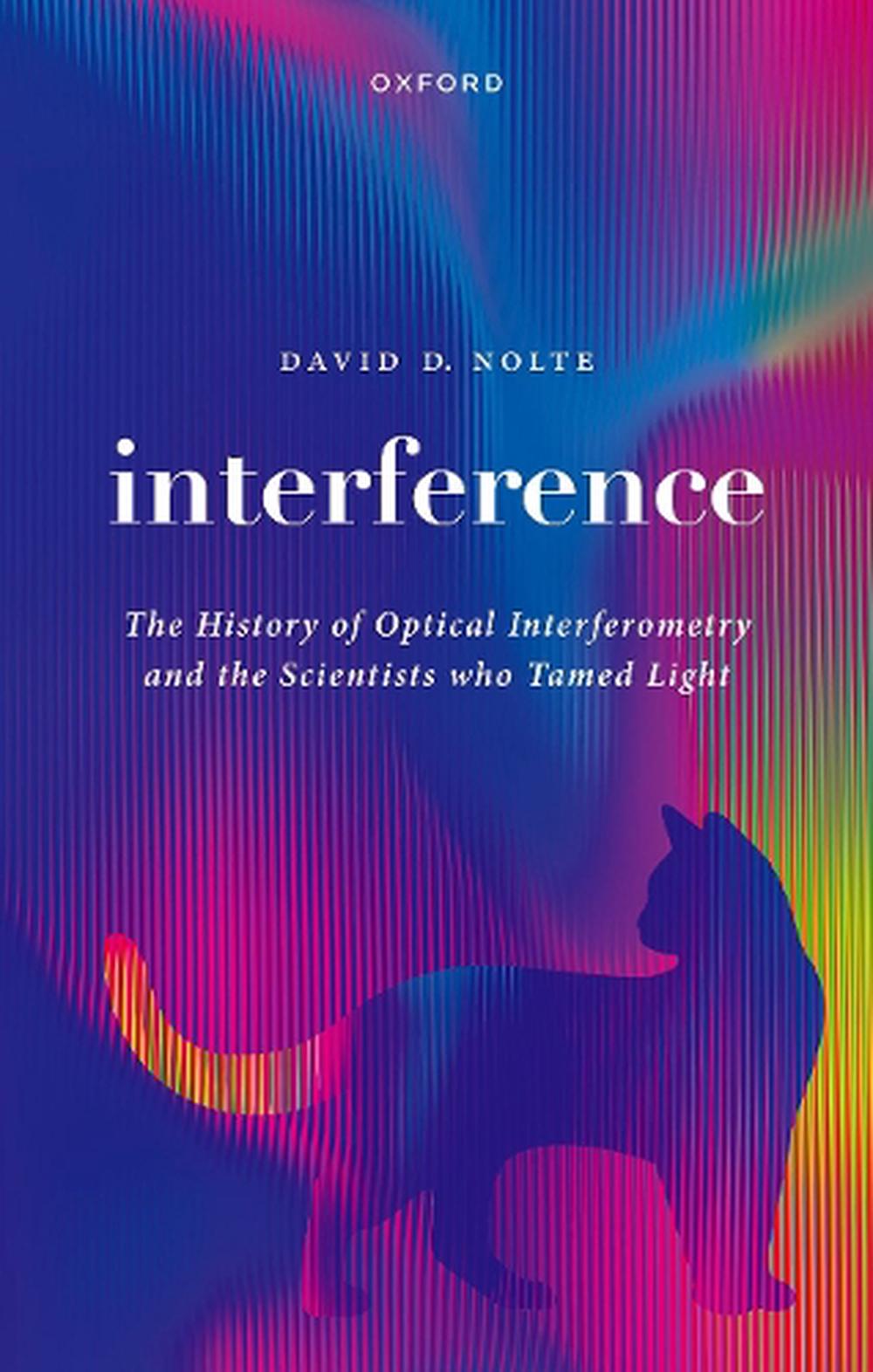
Interference
the history of optical interferometry and the scientists who tamed light
$123.44
- Hardcover
448 pages
- Release Date
9 August 2023
Summary
Interference: Taming Light to Uncover the Secrets of the Universe
Ever wonder why soap bubbles become invisible right before they pop? Or why lenses are so blue they look purple? How is it possible to image black holes at the heart of distant galaxies? The answer to all these questions is Interference.
This book tells the story of the science of optical interferometry - mankind’s most sensitive form of measurement - and of the scientists who tamed light to make outstanding d…
Book Details
| ISBN-13: | 9780192869760 |
|---|---|
| ISBN-10: | 0192869760 |
| Author: | David D. Nolte |
| Publisher: | Oxford University Press |
| Imprint: | Oxford University Press |
| Format: | Hardcover |
| Number of Pages: | 448 |
| Release Date: | 9 August 2023 |
| Weight: | 734g |
| Dimensions: | 223mm x 145mm x 28mm |
You Can Find This Book In
What They're Saying
Critics Review
Exceptionally well written and remarkably detailed as to the history and the personalities of the scientists involved. * Peter Milonni, Los Alamos National Laboratory *A high-quality book with an easy and engaging prose style. * David Di Vincenzo, Forschungszentrum Juelich, Germany *Informative, entertaining, and hasn’t been done before: strongly recommended. * Jennifer Coopersmith, author of Energy - The Subtle Concept and The Lazy Universe - An Introduction to the Principle of Least Action *Interference induces excitement in the reader and can encourage young students to study and work in the field of optics. * Barry R. Masters, Optics & Photonics News *
About The Author
David D. Nolte
David D. Nolte is the Edward M Purcell Distinguished Professor of Physics and Astronomy at Purdue University. He received his BA from Cornell University in 1981 and his PhD from the University of California at Berkeley in 1988, was a post-doctoral member of AT&T Bell Labs. He is a Fellow of the Optical Society of America, a Fellow of the American Physical Society and a Fellow of the AAAS.
Returns
This item is eligible for free returns within 30 days of delivery. See our returns policy for further details.




